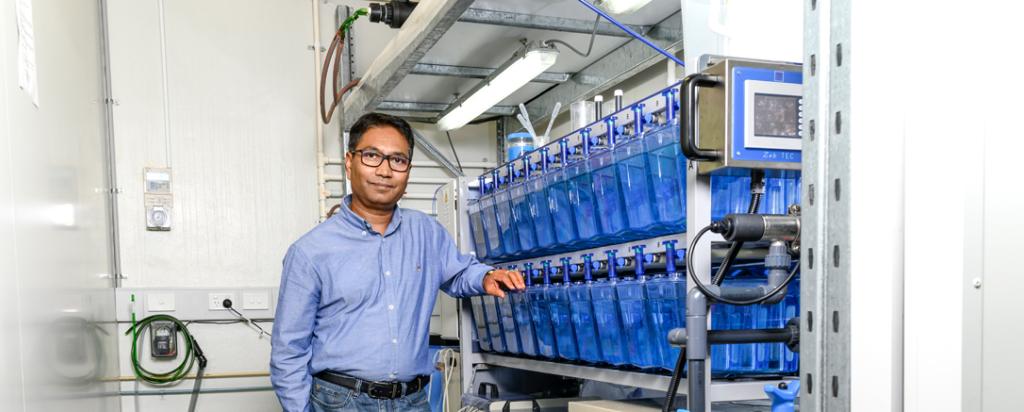
Australia’s nuclear science agency uses highly accurate ‘fingerprinting’ to verify that seafood and other foods are what they are labelled as, with collaborators from industry, academia and government.
ANSTO’s environmental scientists are using this information to develop a quick, cost-effective testing tool for food producers, importers and exporters.
Work to date has focused on determining if, for example, seafood, such as tiger prawns and snapper, is farmed or fresh-caught and identifying its origin.
The media reported today that that 10 per cent of seafood in some shops was not correctly labelled.
The approach ANSTO and its collaborators are using is precise; it includes fingerprint technology based on the isotopic and elemental profile of the seafood to confirm its origin and production methods to help business and consumers.
ANSTO uses its nuclear techniques in collaboration with the University of NSW, Macquarie University,The National Measurement Institute and industries.
The research into food origin and production processes relies on techniques like stable isotope analysis, X-ray fluorescence scanning using ITRAX, neutron activation analysis, and mathematical models.
The results so far indicate that nuclear-based techniques can distinguish whether seafood is farmed or wild-caught and, where it came from, and other insights from the abundance of elements.
Dr Debashish Mazumder is an Isotope Ecologist and ANSTO’s Project Lead on Food Provenance studies. He said results so far show you can identify the area from which seafood originates with precision.
“In application, this tool and methodology could enhance consumer confidence in relation to the place of origin and food safety,” said Karthik Gopi, UNSW PhD student working on this project.
“From our work with industry and scientists, we know that around the world, increasing demand for seafood and other foods has presented new challenges and concerns around food safety, quality and substitution.
“Based on early research we also now know that nuclear science techniques may be part of the solution and provide answers for industry, consumers and regulators.”
For media enquiries, please email media@ansto.gov.au